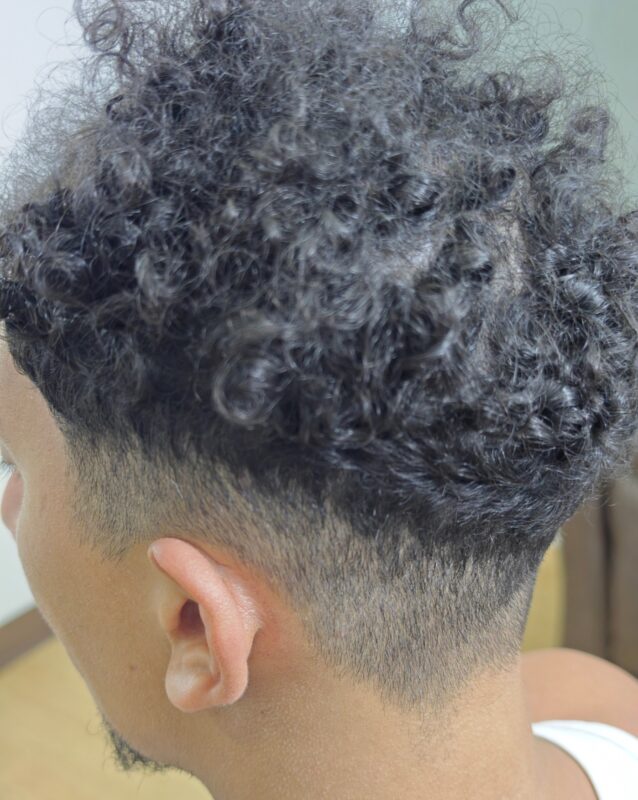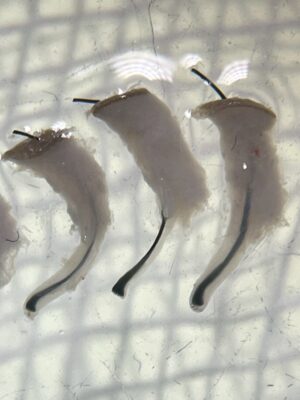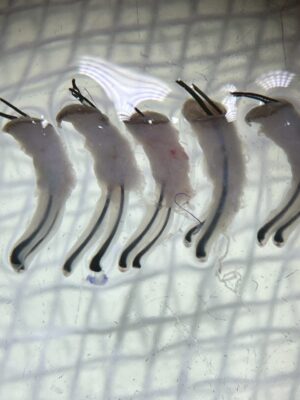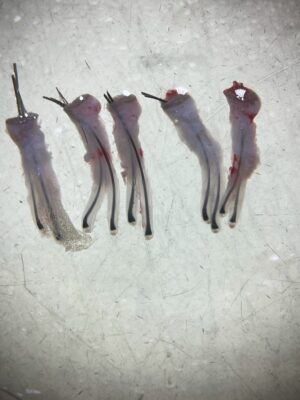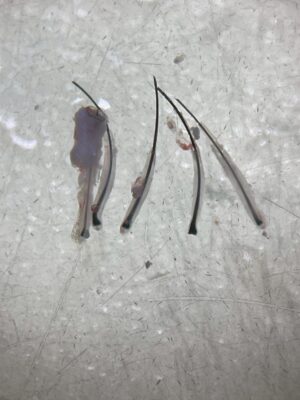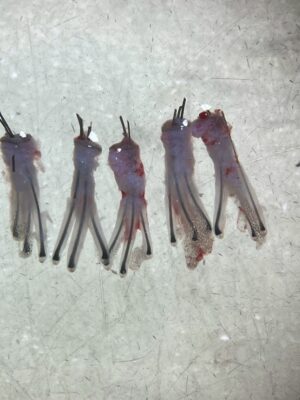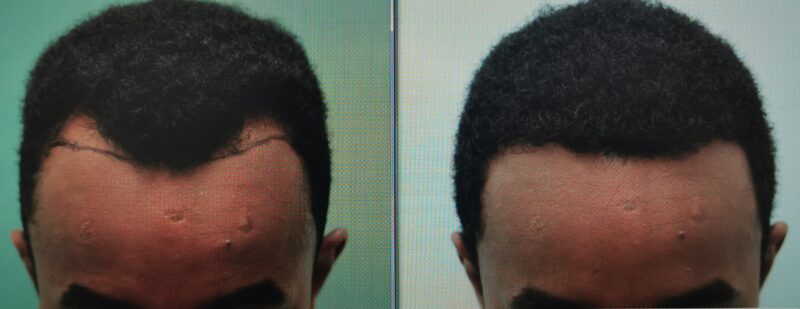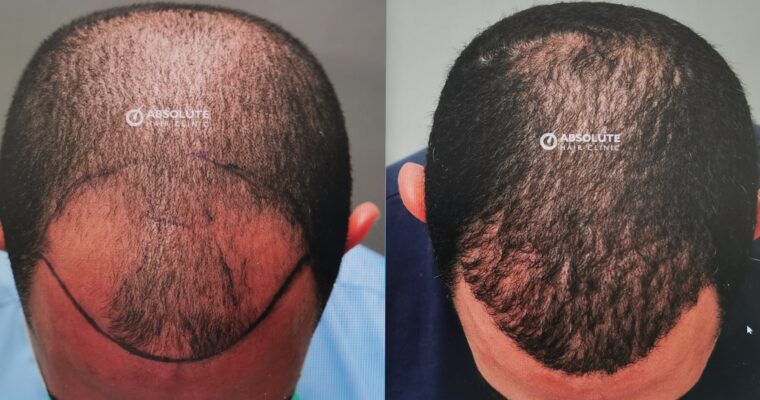What You Need to Know about Afro hair transplant?

There are differences in curliness, most difficult is type 4 which the root is curve like c- shape underneath the scalp.
Hair transplantation in Afro-textured hair patients uses the same core techniques as in other hair types—namely FUE (Follicular Unit Extraction) and FUT (Follicular Unit Transplantation/Strip). However, due to the unique characteristics of Afro hair, a different approach and more careful planning are often required to ensure the best results.
Key Characteristics of Afro Hair

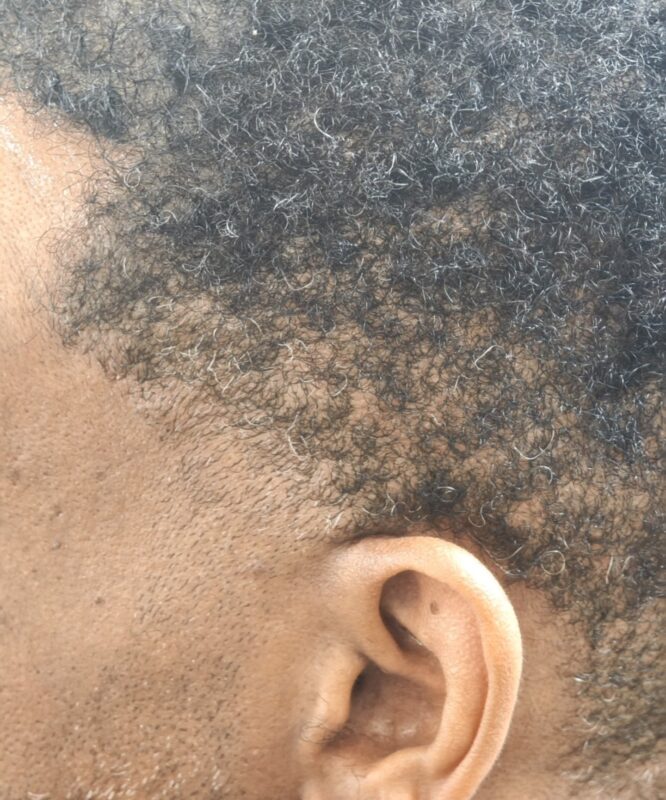
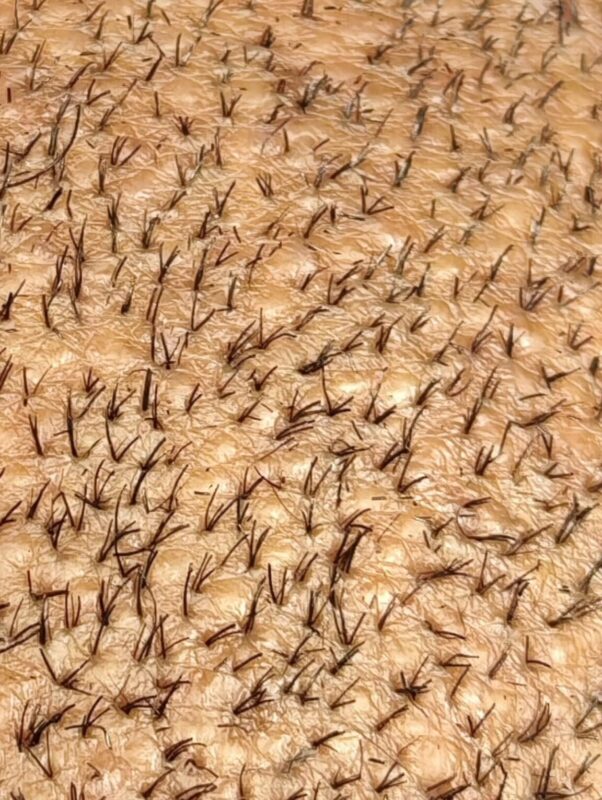
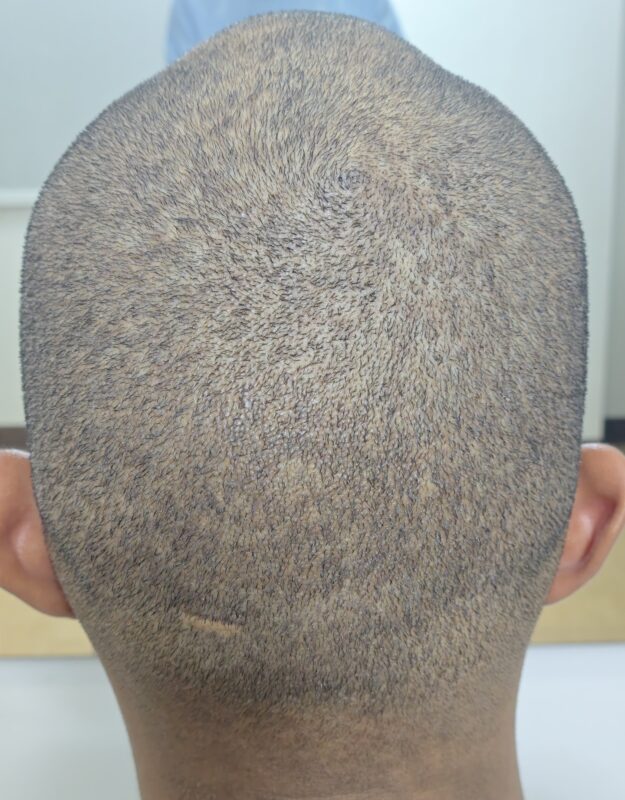
Lower density, but fuller appearance:
Afro hair typically has fewer follicles per square centimeter than Asian or Caucasian hair. However, because of its tight curl pattern, it creates the appearance of higher volume, even with fewer grafts. This means fewer grafts may be needed to achieve natural-looking coverage.
Curves beneath the skin:
The curliness of Afro hair is not just visible above the scalp—it also extends beneath the skin. This means chemically relaxing the hair doesn’t affect the root shape. As a result, the grafts require slightly larger incisions and must be placed less densely to prevent damage and ensure successful growth.
FUE is more challenging—but still possible:
The curved follicle shape makes FUE more technically demanding in Afro-textured hair. The extraction process has a higher risk of transection (cutting the graft).
Bigger size of punch is needed to avoid transection.
Approach or alignment of punching is much different from normal straight hair
However, FUE can still be performed by experienced surgeons, especially if the curls are looser—as is often seen in patients of mixed heritage. Sometimes, a test FUE session is recommended before committing to a full procedure. If FUE proves too difficult, the FUT (strip) method may be advised instead.
Thicker, more resilient scalp:
Patients with Afro hair often have thicker and tougher skin, which means we may need to adjust FUE tools and settings accordingly. The hair itself is usually coarser, but not always—there is wide variation among individuals.
Not all Afro hair is the same:
It’s important to understand that Afro hair varies significantly across individuals. For example, Somali patients often have looser curls than Nigerian patients, despite both being of African descent. So, personal assessment is essential for planning the right approach.
Special Consideration: Keloid Scarring
Some patients with Afro-textured hair may be genetically prone to keloid formation, which is an overgrowth of scar tissue after skin injury. This is more relevant for FUT procedures, where a linear scar is involved. FUE typically carries a much lower risk of noticeable scarring, but the possibility of keloid formation should still be discussed during consultation.
—
We encourage you to view before-and-after photos of Afro hair transplant results to better understand what’s possible and what to expect.


